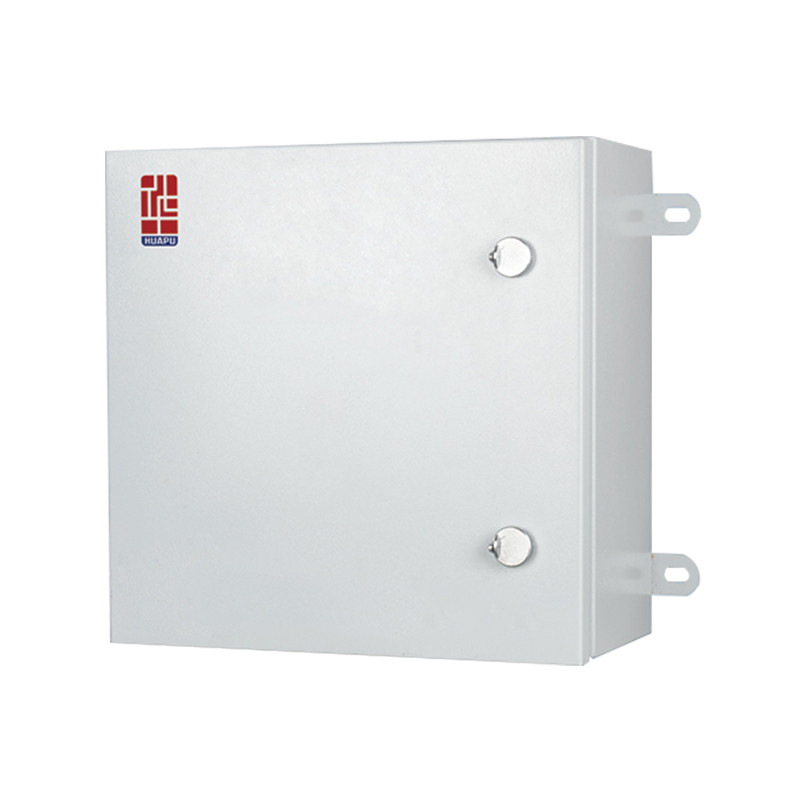Industry News
Purpose and Importance of Cable Joint Connector Boxes
An electrical wire cable joint connector box is a specialized enclosure used to securely join and protect the connections between electrical cables. These boxes are integral to maintaining the continuity and safety of power distribution systems in residential, commercial, and industrial installations.
The primary purpose of a cable joint connector box is to house and protect cable joints where two or more cables are spliced together. This enclosure safeguards the electrical connections from environmental hazards such as moisture, dust, chemicals, and mechanical damage. By providing a secure environment, these boxes help prevent electrical faults, short circuits, and interruptions in the power supply.
Joint connector boxes also facilitate easier inspection and maintenance of cable joints, allowing technicians to access and service the connections when necessary without disrupting the entire cable network.
Typically, electrical wire cable joint connector boxes are constructed from durable materials such as high-impact plastic, polycarbonate, or metal alloys like aluminum or stainless steel. The choice of material depends on the application environment and required protection level.
These boxes are designed to be weather-resistant and often include seals or gaskets to prevent water ingress and dust accumulation. They usually feature knockouts or entry points that allow cables to enter the enclosure while maintaining a tight seal.
The internal design accommodates cable splicing methods, insulation, and connection accessories. Space inside the box allows for safe handling of the wires and installation of connectors or terminal blocks.
Cable joint connector boxes come in various forms to suit different cable types and installation requirements:
Inline Connector Boxes: Used for joining two cable ends in a straight line.
Branching Connector Boxes: Designed for splitting cables into multiple directions.
Underground Connector Boxes: Built to withstand burial conditions with enhanced sealing and mechanical strength.
Wall-Mounted Connector Boxes: Installed on walls or poles for above-ground cable connections.
Some advanced boxes also provide modular compartments to separate different cable phases or circuits, improving organization and safety.
Electrical wire cable joint connector boxes are widely employed across multiple sectors, including:
Power Distribution: To join electrical supply cables in grid networks.
Telecommunications: For splicing communication cables and fiber optics.
Industrial Facilities: To manage power and control cable connections in machinery and plant equipment.
Building Infrastructure: For connecting cables in commercial and residential buildings.
Their versatility allows use in indoor and outdoor environments, depending on the protection rating of the box.
Proper installation of a cable joint connector box is crucial to ensure long-term reliability. Key considerations include:
Cable Preparation: Stripping insulation and cleaning cable ends before joining.
Sealing: Using appropriate sealing materials to prevent moisture and dust penetration.
Mechanical Protection: Securing cables and the box to avoid movement or stress on connections.
Compliance: Following electrical codes and standards to maintain safety and performance.
Installation should be performed by qualified technicians who ensure all connections are tight and insulated.
Regular inspection of connector boxes is recommended to detect signs of corrosion, moisture ingress, or mechanical damage. Maintenance may involve cleaning, resealing, or replacing worn components to prevent failures.
Because these boxes are critical points in cable networks, preventive upkeep helps avoid unexpected outages and extends the service life of electrical systems.
Electrical wire cable joint connector boxes play an essential role in maintaining the integrity and safety of cable networks. By providing a protected, organized space for cable connections, they support reliable power distribution and communication across diverse applications.

Next
Structural Features of Outdoor Charging Stations
<p>An <a href="/product/new-energy-vehicle-floor-charging-pile/" target="_bl...
View More- PRODUCTS
- New Energy Power Distribution Equipment
- Box Type Substation
- Cable Branch Box/Switch Station
- High Voltage Switchgear
- Low Voltage Switchgear
- Engineering Vacuum Circuit Breaker
- New Energy Vehicle Floor Charging Pile
- Commercial Energy Storage
- Photovoltaic Complete Box
- High Voltage Arrester
- INFORMATION
-
-
Phone+86-13868788848
+86-13356188725 -
Tel+86-0577-88810567
-
E-mail
-
AddNo. 59, Youyi Road, Xinguang Industrial Zone, Liushi Town, Yueqing City, Zhejiang, China
-
- ENQUIRE WITH US
Photovoltaic Module Manufacturer




 English
English  中文简体
中文简体  русский
русский  Español
Español  عربى
عربى 


